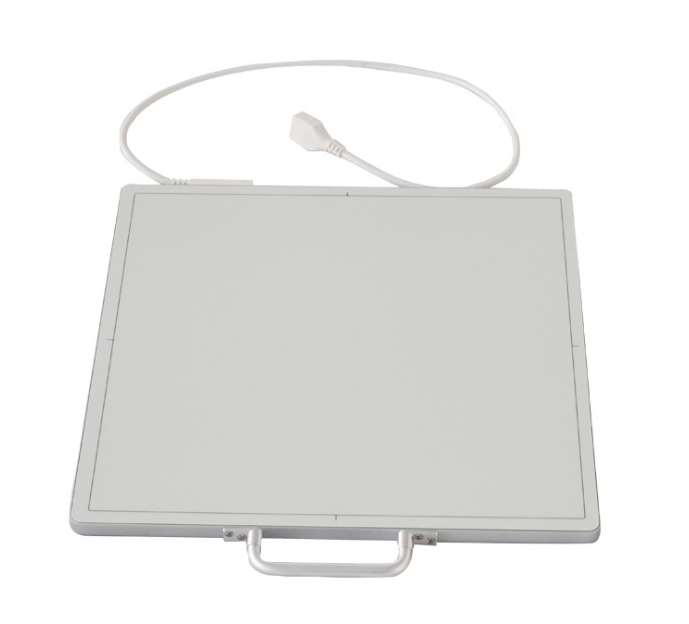Because DQE affects the comparison of images, spatial resolution affects the ability of images to resolve details. In the film, different types of DRs for DR detectors should be selected according to different inspection sites. For examinations such as the chest, the focus is on observing and distinguishing the density of different tissues, so the requirements for density resolution are relatively high. In this case, it is advisable to use the DR of the amorphous silicon DR detector, so that the DQE is relatively high, it is easy to obtain higher-contrast images, and it is more helpful for diagnosis; The details have high visualization and the requirements for spatial resolution are very high, so the DR of the amorphous selenium flat panel detector should be used to obtain images with high spatial resolution. Most manufacturers of digital mammography machines use amorphous selenium flat panel detectors, precisely because of the high spatial resolution requirements of mammography, and only amorphous selenium flat panel detectors can meet the corresponding requirements.
Therefore, it can be seen that different types of flat panel detectors cause differences in DQE and spatial resolution due to different materials, structures, and processes. DQE affects the ability to resolve differences in tissue density; while spatial resolution affects the ability to resolve fine structures. There is no flat panel detector with high DQE and spatial resolution, so a balance is needed between the two.

Author:Amy
Tel:+86 18953679166
Email:service@newheek.com
Company:Weifang Newheek Electronic Tech Co., Ltd.